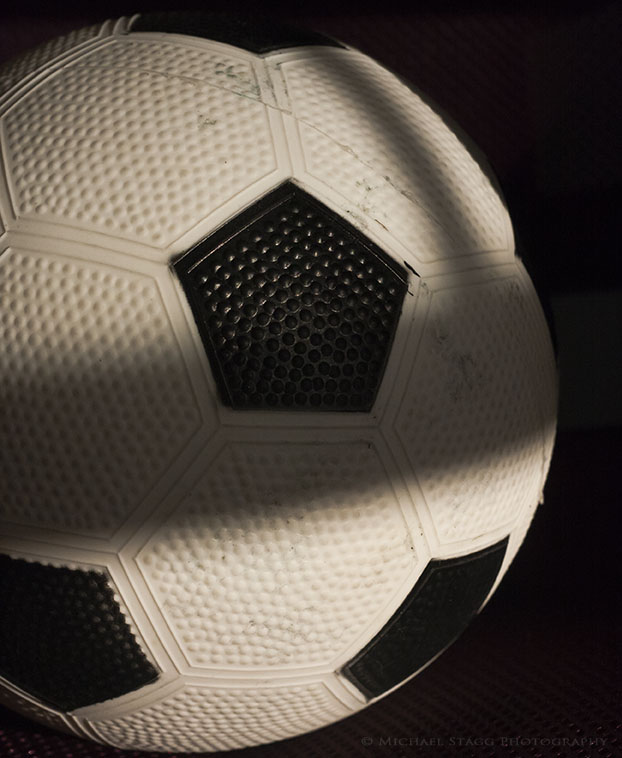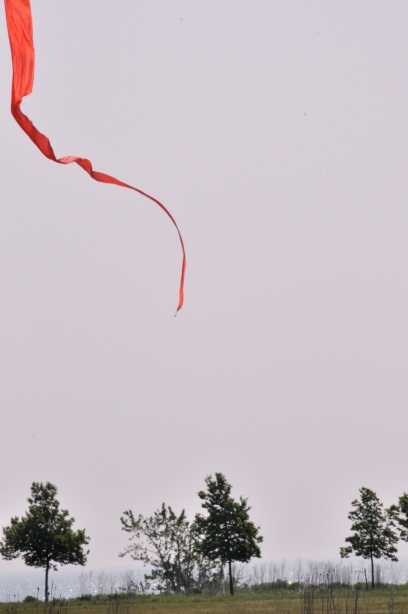Tag Contemplative Photography
Miksang # 5: Welcome Home
Miksang Photography # 4: Pedal
Influencers: Julie Einstein
Every artist is influenced by the world around them. The people, places and things that define my work are what the Influencers post is all about. I hope you find inspiration from what you read/view.
This week’s Influencer is Miksang practitioner and instructor Julie Einstein. I love the simplicity of Julie’s work and how she is able to make the seemingly mundane burst forth with character and life. Without further ado, here’s Julie!
How did you get into photography?
I took a meditation class in 2005 and during one of the breaks (that didn’t come fast enough!) I saw a flyer on the bulletin board advertising a class in contemplative photography. The description of the class referred to photography in a manner I had never heard of before. Not knowing exactly what to expect, I signed up to take the course which I found fascinating. I soon realized that this “photography” class was really more about “perception” and how we experience the world. What we label as good or bad. What’s worthy of photographing vs what isn’t – beyond concepts. Appreciation of everything that exists and finding the inherent beauty in it all. Essentially, this type of photography isn’t product oriented. Yes, there are the images but the true joy comes in the noticing and the seeing. Using the camera as a tool to wake us up. My eyes were opened, I was seeing in a different way and yes, even appreciating the world more than I had before.
How do you want others to view your work?
Hmm, I suppose I would like the viewer to see, to sense the purity and the freshness of the moment when I pressed the shutter. As if they might have actually taken the picture themselves. Or maybe the viewer might look at an image of something extremely ordinary and say to themselves “Wow, I never even noticed that before” when it’s something they probably see every single day.
Who are the artists that influence and inspire your work? Why?
I would say photographers like Edward Weston, Cartier Bresson and Freeman Patterson. Also modern artists such as Ellsworth Kelley, Jackson Pollack and Robert Rauschenberg (to name a few). Each of them were more process and less product oriented. The world and their experience in the world informed their work. Also Zen and Buddhist teachings inform the contemplative arts. These teachings are instrumental.
What do you like most about your own work?
Probably that it’s pure in the sense that there is zero post processing. No cropping, no editing, none of that stuff. This is why I find the practice liberating. If I get it ‘right’ with the camera then I don’t have to fuss with anything. Even when the camera gets it ‘wrong’ I’ve learned to be okay with that. Letting go, not grasping for the best image possible…characteristics of contemplative practice.
What about your works brings you joy?
The liberation and the practice aspect that I spoke about above. I also like the fact that I am learning how to work with my mind as well as practicing living more mindfully and present in the moment. Of course there’s always the cinema playing in my mind but every now and then I have a moment, a gap, a flash of something that enters my visual field that shuts off the thinking mind. This is magical and the moment when I raise my camera to my eye.
What do you do to positively influence the next generation of photographers/visual artists?
I hope that by teaching Miksang as well as offering on line photo journeys that these opportunities will help others appreciate just how powerful our mostly-ordinary lives are.
What are some of your favorite processes and techniques?
Seeing clearly in a non-judgmental way 🙂
How can readers find out more about you and your work?
Portfolio: http://jeinstein.zenfolio.com/
Blog: http://julieeinstein.com
More about Miksang Photography: Miksang.org
More of Julie’s imagery:
** Favorite quote**
“Have you ever noticed, on returning from a holiday, your increased sensitivity to the details of your home? You glance around when you step in the door, and some things in the house may actually seem unfamiliar for a few minutes. You note that the living room walls are more cream than ivory, that the English ivy looks spectacular in the west window. You even notice the evening light spilling across the little rug at the foot of the stairs, something you can’t recall noticing before. But these moments pass quickly, familiarity is restored, everything is in its place; and you top seeing once more.” – Freeman Patterson
My Miksang Journey
For those that have been following this blog (And thank you; I really do appreciate it!) you know I’ve developed a liking for Miksang or contemplative photography. While waiting on the next level one workshop with Julie Einstein (more about Julie on Friday) I’ve been fortunate enough to participate in a special Miksang Flickr group. Let’s just say that I’m learning to “see” in a way reminiscent of how a child must see the world: with fresh, untainted eyes. Below are a few examples of images from our color assignment last week:
I’m slowly but surely learning how to see again and only time will tell how I incorporate this new way (original way?) of seeing into my overall photography practice. I have no doubt it will be well worth the practice.



